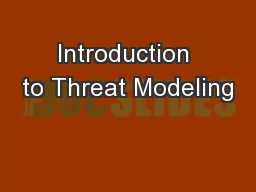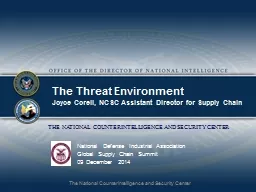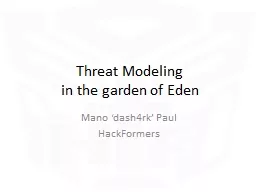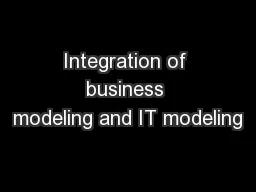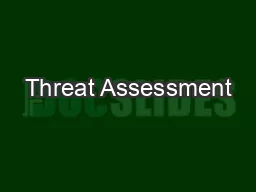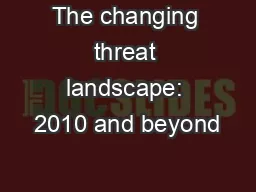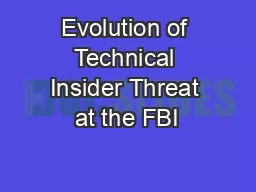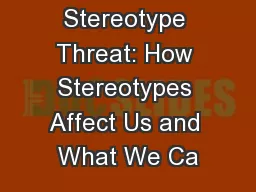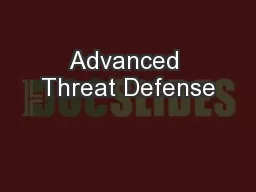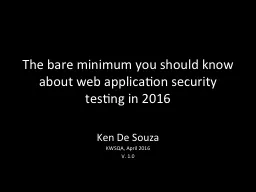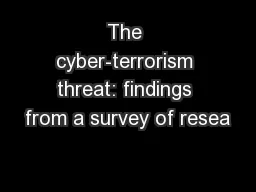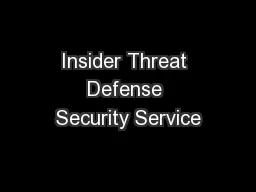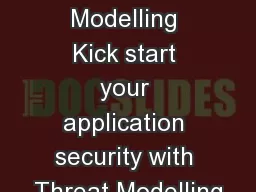PPT-Introduction to Threat Modeling
Author : faustina-dinatale | Published Date : 2017-06-08
Mike Grimm November 8 2012 Goals for a Security Development Process SDL Secure by Design Reduce the number of vulnerabilities Which reduces the number of security
Presentation Embed Code
Download Presentation
Download Presentation The PPT/PDF document "Introduction to Threat Modeling" is the property of its rightful owner. Permission is granted to download and print the materials on this website for personal, non-commercial use only, and to display it on your personal computer provided you do not modify the materials and that you retain all copyright notices contained in the materials. By downloading content from our website, you accept the terms of this agreement.
Introduction to Threat Modeling: Transcript
Download Rules Of Document
"Introduction to Threat Modeling"The content belongs to its owner. You may download and print it for personal use, without modification, and keep all copyright notices. By downloading, you agree to these terms.
Related Documents

